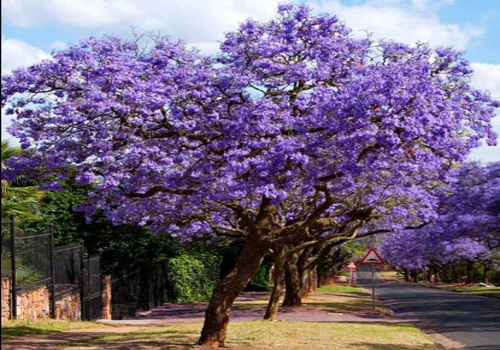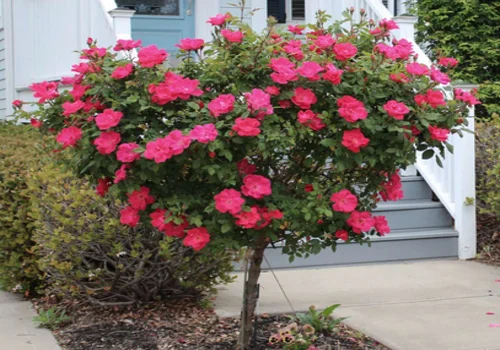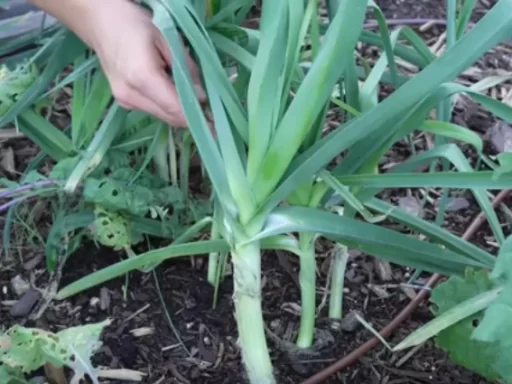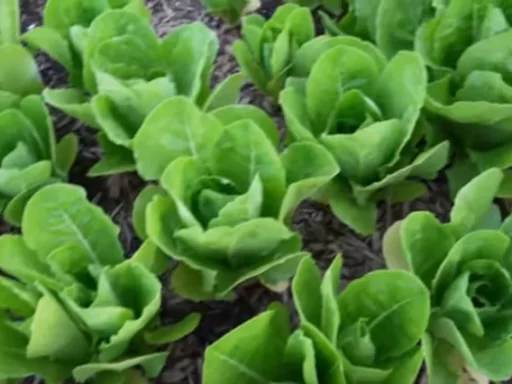Imagine leaving for work one spring morning, noticing a few small blooms on your tree. When you return in the evening, that same tree is covered in vibrant, richly colored flowers. With the Tulip Poplar, such a dazzling transformation is not only possible but also expected. These trees are known for their fast growth and stunning display of blooms, making them an excellent choice for anyone looking to enhance their landscape with minimal effort.
The Brightest Tree in the Neighborhood
Tulip Poplar trees stand out with their unique and eye-catching blossoms. Although it takes about 10 to 15 years for the flowers to fully develop, once they do, they create an unmatched visual spectacle. Beyond the blooms, Tulip Poplars serve as excellent shade trees during the summer months with their lush, green foliage. And when fall arrives, the tree’s leaves turn bright yellow, offering a breathtaking autumn display. The Tulip Poplar truly offers year-round beauty, merging the best of both spring and fall seasons.
Disease and Pest Resistance
One of the biggest concerns for any tree is its ability to withstand pests and diseases. Fortunately, the Tulip Poplar is highly resistant to both, ensuring that your tree will stay healthy and strong for years to come. Its adaptability to various soil types, including wet soil, makes it an ideal choice for many different environments. Whether you live in a humid climate or an area prone to drought, the Tulip Poplar will thrive with minimal care.
Added Value to Your Home
Investing in a Tulip Poplar not only adds beauty to your landscape but also increases the value of your home. With its fast-growing nature, well-formed structure, and vibrant seasonal displays, this tree quickly becomes a focal point in any yard. Additionally, Tulip Poplars are easy to grow, so you can enjoy the benefits of a healthy, mature tree without years of waiting.
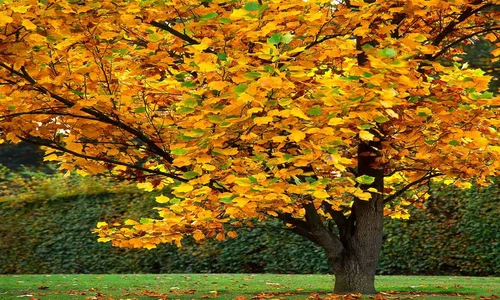
Planting and Care: Easy Steps for a Thriving Tree
To ensure that your Tulip Poplar grows strong and healthy, follow these simple planting and care instructions:
Planting
Choose a location with well-drained soil and partial to full sunlight (about 4 to 8 hours per day). Avoid areas that experience harsh afternoon sun. When ready to plant, dig a hole twice the width of your tree’s root system and just as deep. Ensure that the roots are fully covered and that the stem remains above ground level. Water thoroughly after planting and apply mulch around the base of the tree to retain moisture.
Watering
Young Tulip Poplars require regular watering, especially during dry spells in the summer. Water once or twice a week during hot weather and bi-weekly during cooler months. Be mindful of over-watering or under-watering, as both can cause the branches to droop.
Fertilizing
During the first growing season, use slow-release 10-10-10 or 20-20-20 fertilizer tablets. Fertilize twice a month as the tree emerges from dormancy and once a month during the summer. Stop fertilizing as the tree prepares for dormancy in the fall.
Pruning
Regular pruning will help maintain the shape and health of your Tulip Poplar. Remove any branches growing outside of the designated area and competing leaders. Make sure to cut branches right next to the branch collar for best results.
Frequently Asked Questions (FAQs)
- How long does it take for Tulip Poplar trees to bloom? Tulip Poplar trees typically take 10 to 15 years to fully develop their beautiful blooms.
- Can Tulip Poplar trees grow in different types of soil? Yes, Tulip Poplars are highly adaptable and can thrive in a variety of soils, including wet soils.
- How often should I water my Tulip Poplar tree? During hot, dry weather, water the tree once or twice a week. In cooler months, you can reduce watering to once or twice bi-weekly.
- What type of fertilizer is best for Tulip Poplar trees? Slow-release 10-10-10 or 20-20-20 fertilizer tablets are ideal for Tulip Poplars, especially during their first growing season.
- Do Tulip Poplars require a lot of maintenance? No, Tulip Poplars are relatively low-maintenance trees that require occasional watering, fertilizing, and pruning.
- Are Tulip Poplar trees resistant to pests and diseases? Yes, Tulip Poplars are highly resistant to common pests and diseases, making them a durable and long-lasting addition to any yard.
- Will a Tulip Poplar tree add value to my home? Yes, Tulip Poplars can significantly enhance the appearance of your landscape, potentially increasing your home’s value.

